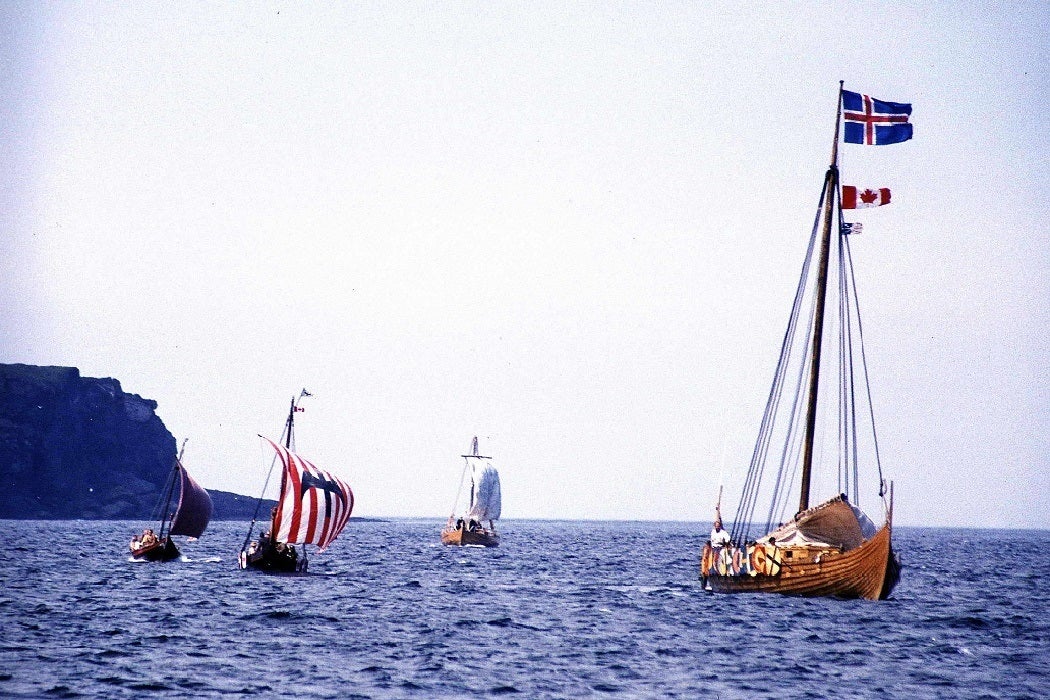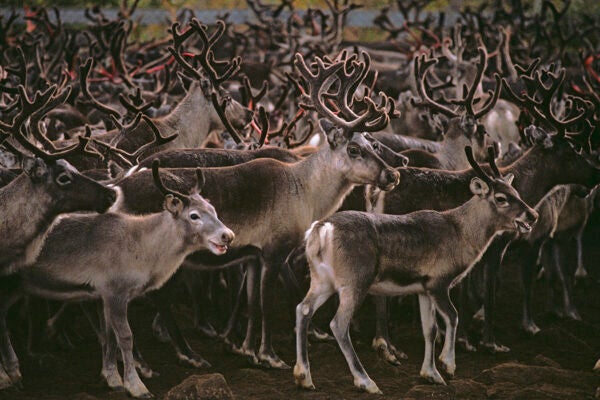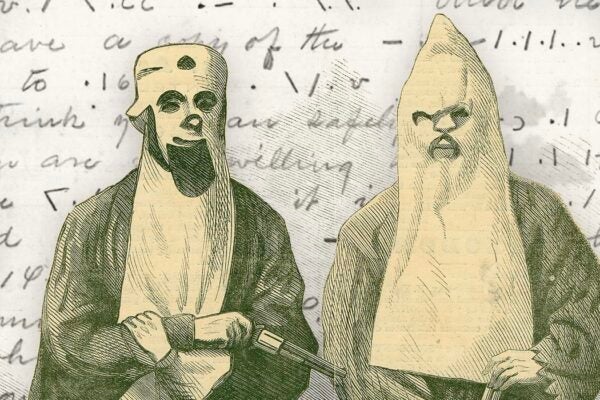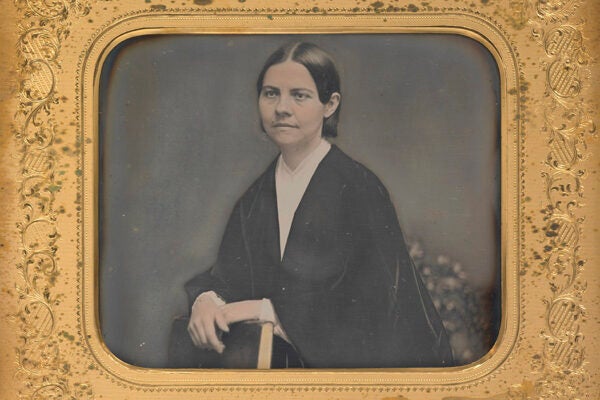For almost eighty years, the United States has celebrated Christopher Columbus day to honor the discoverer of the New World. For all the controversy the holiday has generated, Columbus continues to be thought of as the de facto original American. But 500 years before Columbus ever dreamt of sailing west across the Atlantic, the Vikings were already covering thousands of miles of ocean in open ships, surviving on the fish they caught and the meager supplies they had with them. And at some point around 1000 A.D., the Norsemen landed on Newfoundland, where they set up a small village. Though this inhospitable spit of land would eventually come to be populated by Canadians, its original inhabitants were forgotten until one day in 1960, when an explorer, an archaeologist, and a nurse were visiting the remote community of L’Anse aux Meadows.
Helge and Anne Stine Ingstad had been traveling along the coast of Newfoundland on a government medical boat for months before they arrived at the northern tip of the island and the village of L’Anse aux Meadows. Both were convinced they’d find a Norse settlement somewhere on the island, despite the fact that there were no real proof of Viking visits to North America in the pre-Columbian era. Instead of concrete evidence, scholars had long relied on the Norse chronicles, including The Greenlanders’ Saga and The Saga of Erik the Red, both of which detailed voyages to North America. Using their knowledge of Norse encampments, the couple inquired about unique house foundations and strange structures in all the towns they visited. In L’Anse aux Meadows they discovered a series of overgrown rectangles near Epaves Bay. Knowing that Norse farms in Greenland were built at the heads of shallow bays near freshwater, the Ingstads began an excavation. Over the next seven years, Anne and an international team uncovered a treasure trove of archaeological information.
The team of archaeologists discovered the foundations of eight large houses, including a 60-foot-long turf structure, a smithy, outdoor cooking pits, and out-buildings. Scattered around the excavation site were a number of precious objects that told the story of the people who had once lived there. Included among the finds were handmade iron nails—which put to rest the suggestion that aboriginal communities had built the houses—a soapstone spindle whorl for spinning yarn, a boat floorboard, a container made from birch bark, a bronze ring pin, and the husks of butternuts (white walnuts). The last two of these artifacts proved especially useful in deciphering the mysterious history of the Vikings in North America.
Ringed pins like the one discovered at L’Anse aux Meadows were widely used in Ireland, a country that Vikings settled in the latter half of the 9th century. But the origin story of ringed pins, which were used to fasten a cloak around the wearer’s neck or shoulder, stretches back to the Roman Empire, the inspiration for the Irish design. The appearance of a ringed pin in North America speaks not only to the transportation of a new culture and new goods around Europe; it demonstrates the expansive reach of the Norsemen. They traveled everywhere, from Russia to the Mediterranean and across the Atlantic. Writer Judith Lindbergh describes the Vikings not in terms of their bloodthirsty conquest, but the cultural exchanges their invasions prompted. “Vikings challenged the boundaries of their world, reaching out to take—by force if necessary—whatever the world had to offer. In doing so, they promoted cross-cultural trade and communication.”
Though seemingly more humble than an ancient ringed pin, the remnants of butternut squashes found at the L’Anse aux Meadows site are perhaps even more important in illuminating the extent of the Norsemen’s travel across North America. The scholars who used the sagas for a quasi-history of the Norse in North America believed any archaeological evidence of settlements would be found further south, since the sagas referred to the new territory as “Vinland”—a temperate region where grape vines and wild wheat grew and the winter was much less harsh than the one they knew. This description hardly matched the climate of L’Anse aux Meadows, leading many to believe that the language used in the sagas must have been hyperbolic or flat-out fiction. But the discovery of the squashes suggested otherwise. Butternut squash can’t grow as far north as the Newfoundland settlement, which lead archaeologists to hypothesize that the settlement had been a staging site, from which expeditions could be sent further south to trade with the natives, or “skraelings,” as the Vikings dubbed them.
Though the Norsemen began their time in North America with a relatively peaceable relationship with the land’s native people, that peace quickly deteriorated. After some kind of armed conflicts, the Norse left and never came back, leaving history to celebrate the legacy of another European who made the voyage hundreds of years after they left the New World. But whatever the reason for their flight, the legacy of the Vikings’ voyage is undeniable. The Norsemen were the first humans to complete mankind’s conquest of the globe. As politician Finn Lynge writes, “Mankind had circled the globe, had unexpectedly encountered himself in an unexpected shape, color, and language, and did not recognize himself in others.” It’s a tragic pattern that has repeated itself time and again. It continues to this day, despite the interconnectedness of modern life. No matter how many blank spaces we fill in on the map, we still have trouble recognizing ourselves in others.
Editor’s note: This story has been updated to confirm that the butternuts of L’Anse aux Meadows were tree nuts, not squash.







